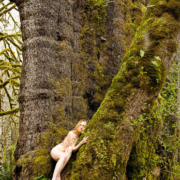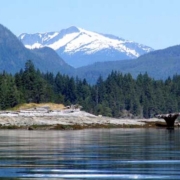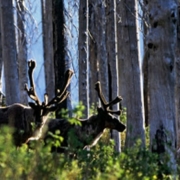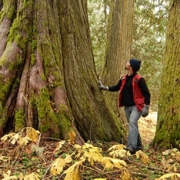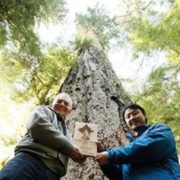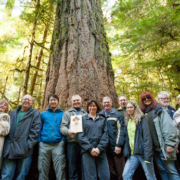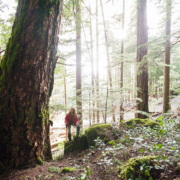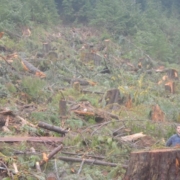The outlook for most of B.C.’s 15 remaining mountain caribou herds is bleak.
In the south especially, it ranges from looming extinction to permanent life support in the form of periodic reintroductions, calving-assistance programs and, above all, predator culls without end.
It’s time the B.C. government faced the fact that its Mountain Caribou Recovery Implementation Plan, announced in 2007, is doing little to improve the situation for these animals and in some areas has made matters worse.
On paper the Mountain Caribou Plan looks good, promising to rebuild the population from 1,700 to 2,500 animals by 2027. This will be achieved, it claims, through a three-pronged approach comprising: first, 2.2 million hectares of mostly high-elevation forests set aside as winter habitat; second, intense predator control targeted at wolves and cougars; and third, management of mechanized backcountry winter recreation.
Actually, one of the recovery teams argued for inclusion of a fourth prong, what they called “matrix habitat.”
As originally defined, matrix habitat is low to mid-elevation forest not necessarily occupied by mountain caribou but capable, when logged, of supporting moose and deer and hence their predators in substantial numbers. Wolf and cougar populations bolstered by clearcuts in matrix habitat often spread out into neighbouring protected areas, and became predators on the resident caribou.
What the recovery team was urging was a commitment by government to refrain from creating ever more clearcuts in matrix habitat. Unfortunately, this did not happen.
Most of the set-asides are at high elevations where, granted, they provide critical winter habitat. The few places where set-asides extend to valley elevations are rarely more than small thumbs of old-growth forest protruding into landscapes already heavily logged. For the rest, the government’s plan has entrusted the mountain caribou’s future to a costly, ethically questionable regime of predator control.
The very idea that a workable recovery strategy could be founded on a war against predator populations largely of its own creation seems incredible. It is like hoping to raise chickens without building a chicken coop. You can blast away at predators as long as you like, but the problem never disappears. Sooner or later you lose your chickens.
Mountain caribou, of course, aren’t chickens. They’re a nationally and internationally threatened ungulate species, arguably the most iconic animal in the mountain region of Canada and, besides, an animal essentially endemic to B.C. They deserve better.
No doubt the architects of the caribou plan really believed that a combination of high-elevation set-asides and stringent predator control could return the mountain caribou to its former numbers. Unfortunately, they were wrong. In 2007 there were 1,900 mountain caribou in the world. Today, only about 1,500 remain.
What should be done? If you ask Steve Thompson, the minister responsible for caribou recovery, he will likely tell you the situation is dire and calls for “extreme measures.” Pressed further, he will go on to talk about his government’s commitment to transplant programs, birthing pens and still more predator carnage. What he almost certainly will not tell you is that actions of this kind amount to little more than life support, a rearranging of deck chairs as the great ship of Canada’s mountain icon goes down.
B.C.’s mountain caribou plan claims to be committed to adaptive management, which means learning from mistakes and doing better. The time has come for the government to bolster the plan by establishing new set-asides in lowland matrix habitat. This is what its own recovery team called for in the days before the planning process went political, and certainly it is the only action that can possibly begin to turn the situation around.
As to where these set-asides should be situated, that will take some thinking. One approach would be to place them in the two or three regions that according to best science are most likely to support mountain caribou in the long term. In order of viability these are the Hart Ranges, Wells Gray Park and, running a distant third, the Selkirk Mountains.
Trevor Goward is a lichenologist and naturalist who makes his home in the Clearwater Valley near Wells Gray Provincial Park.
Read More:https:// https://www.timescolonist.com/opinion/op-ed/comment-caribou-plan-little-help-to-endangered-herds-1.95843


